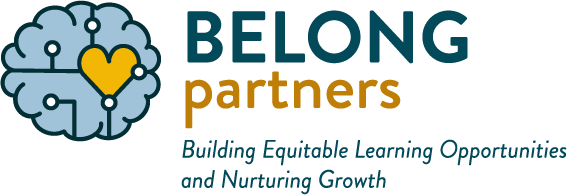This year has been rough. An undeniable understatement. Hope seems hard to reach, especially when our resilience has been tested these in these long challenging months since last spring. Yet hope is an antidote to despair. And while acknowledging the emotional toll of these times is crucial, equally crucial is our ability to hold onto a belief in positive future possibilities. Hope can sustain us, and gives our hard work a purpose that fuels us with energy and optimism. The same is true for our students. Students who are high in hope have greater academic achievement, stronger friendships, more creativity and demonstrate better problem-solving skills. They also have lower levels of depression and anxiety and are less likely to drop out of school. Hope is a skill that can be practiced and can be taught. Here are some research-based guidelines to help build hope.
- Schedule time to nurture yourself. If you are not filling your own cup regularly, it will be impossible to sustain and model hopefulness. What brings you joy? What inspires you? What calms and comforts you?
- Take on a project: Working with tangible materials and tools you can touch helps to balance our long days spent online. Seeing a real-life project come alive, from conception through to completion, fosters a belief in our own accomplishments, and sparks hope for possibilities. Refinish some furniture, take up embroidery, build a bird house, paint.
- Help students grow their capacity to see themselves in the future. Make sure that your students of all cultural backgrounds learn stories about people like them, moving through difficult times and making the world a better place. This article offers some ideas.
- Know their strengths…and yours. Your belief in a child can be pivotal in their lives. Despite challenging teaching situations, take time to know your students and their strengths. And, knowing your own strengths and celebrating those, keeps you feeling empowered.
- Teach goal setting (gently). Goal setting can be a powerful tool for hope. Encourage students to set small goals and then to notice when they are accomplished. Celebrate the process…the beginnings and the middles, not just the end results.
- Teach problem solving. Reaching goals is rarely a straight path. When students become fluent problem solvers, they grow their ability to navigate the obstacles that are part of life. With the burgeoning of their skills, comes a sense of capability, which inspires faith in themselves and their abilities to meet the future.
- Hold class meetings. Positive Discipline class meetings are one of the best ways for students to learn and practice problem solving and other life skills. When students listen to each other solve their own problems regularly, they gain tools, learn how others solve problems and more importantly, understand that life is a journey that you do not have to walk alone. Though class meetings may look and feel a bit different online, they remain rich, powerful means to teach life skills, connect students, and model hope. If you’d like to join us for our next Creating Community Online Using Class Meetings workshop, email us and we will let you know when it is scheduled!
